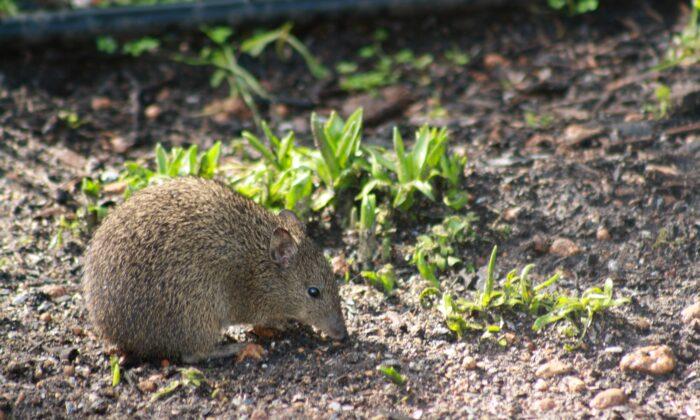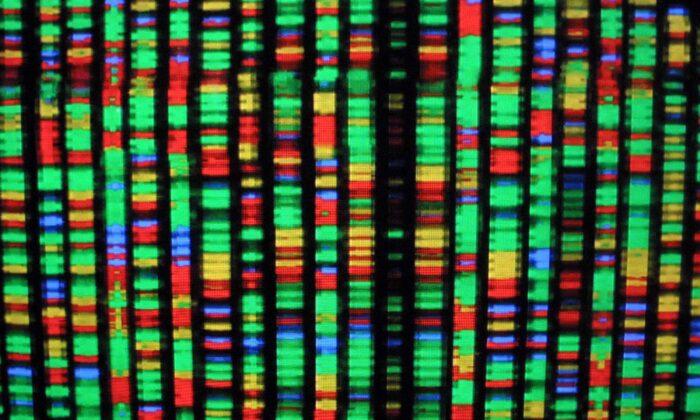An at-risk Australian subspecies of bandicoot has been found to be uniquely helpful to suburban Western Australian gardens, native parks and urban bushland.
The small and long-nosed quenda, a member of the bandicoot family, has been found to accelerate the growth of native plants through their digging. Quendas dig over tonnes of soil annually, aerating it and creating small pits containing leaf litter and seeds, helping plant populations grow and thrive.
However, researchers from Edith Cowan University, The University of Western Australia, and Murdoch University, as well as various conservation officials, were surprised to discover that digging is not the only way that these native marsupials assist native fauna.
A project led by an Edith Cowan University Researcher, Anna Hopkins PhD, found that the various types of fungi in the quenda’s feces play a significant role in the health of native vegetation. Quenda contributes fungi that help sustain native Australian plants, such as eucalyptus trees, to cope with seasonal hardships.
However, researchers are worried the quenda is losing their natural habitat to urban development in Perth, they appear to be venturing from their native habitats into the suburbs for food.
“The wide variety of fungi we found is also great news for our gardens, as it indicates quenda are venturing into them around their native habitats to search for food,” Hopkins said. “Our findings could indicate that quenda in those smaller areas of bushland is venturing out into gardens, yards or even bins and rubbish surrounding their native habitats.”
However, quenda is known to eat “small amounts of fruit, grain and pet food,” that they may find in gardens, the DBCA said. The DBCA does not recommend that the creatures are fed these foods as artificial food sources “can reduce reproductive success, promote disease, cause a loss of predator avoidance skills, and cause frequent gatherings of otherwise solitary animals, resulting in fights.”
“A well-vegetated area will provide quenda with ample natural food sources, without the need for supplementary feeding,” the DBCA said.
For gardeners that want to encourage quenda to venture into their garden and strengthen their plant growth Edith Cowan Researcher Hopkins suggests planting dense native vegetation.
“One of their favourite habitats is the skirts of grasstrees,“ Hopkins said. ”They’ll shelter there during the day and create little paths to move around.”
Gardeners should also be aware of cats and foxes as Southeast Australia has witnessed foxes and feral cats reduce their quenda population to critically low numbers.
Since quenda is typically nocturnal, except in winter, gardeners are also advised to monitor cats and foxes nighttime activity on their property.
“You can also help by keeping your cats inside at night-time,” Hopkins said.





Friends Read Free